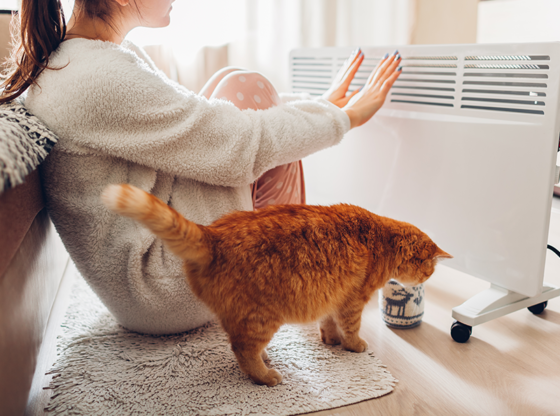Depending on where you live and the severity of the winters, heating your home can be a massive drain on household finances. While you might be tempted to save money by turning it off when you’re not home, it is often said that it may be better to simply turn it down instead.
Turning the heat off completely means your house is largely subject to environmental factors. This may not be a huge deal for a well-insulated apartment with neighbors that keep their own heat on, but most of the time, your house will cool down so much that getting it back to a reasonable temperature when you get home wastes more energy than letting it run. Instead, turn your thermostat down 7-10 degrees. Or, so the theory goes!
On the other hand, the Department of Energy says that this is “a common misconception”. The claim is that it requires more energy (and therefore more of your hard-earned dollars) to keep the house at this “reasonable” temperature than to heat it back to that temperature after dialing the thermostat down. Heat naturally drifts to places where it’s colder. So if your heating is on, it is constantly moving from the inside of your house to the outside, even if your house is well-insulated.
A home loses energy more slowly once the temperature inside drops below normal levels. The longer the house remains cold, the more energy it saves compared to the energy lost that comes when the heater is running along at its normal temperature.

But just in case you think we’ve solved the dilemma, consider this – if you leave the heating off for long periods of time during the coldest weather then you’re running the risk of frozen pipes.
So taking all of this into account just where is the sweet spot? Well, the sanest suggestion we’ve seen so far is to keep the thermostat at about 68 degrees F (20 degrees C) when you’re home and drop it down to about 55 degrees (13 degrees C) before you go out or go to bed. But as ever, your mileage may vary.

Of course, if you want to be more precise, it is highly recommended that you invest in a programmable thermostat. This technology allows users to schedule heating levels to automatically rise when they wake up or come home at the end of the day. Most of the devices also let users store and repeat daily settings and can be changed manually when necessary.


